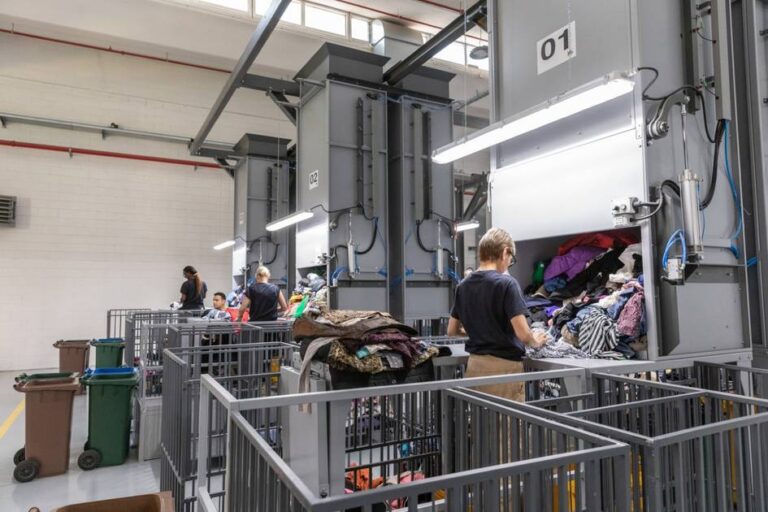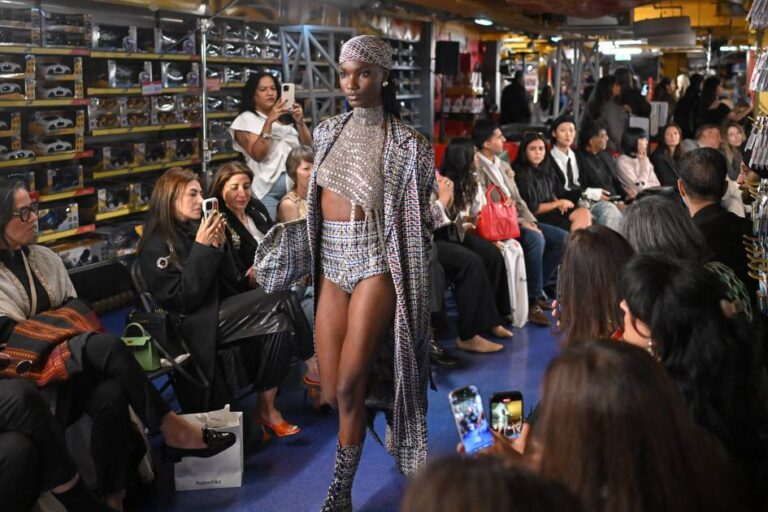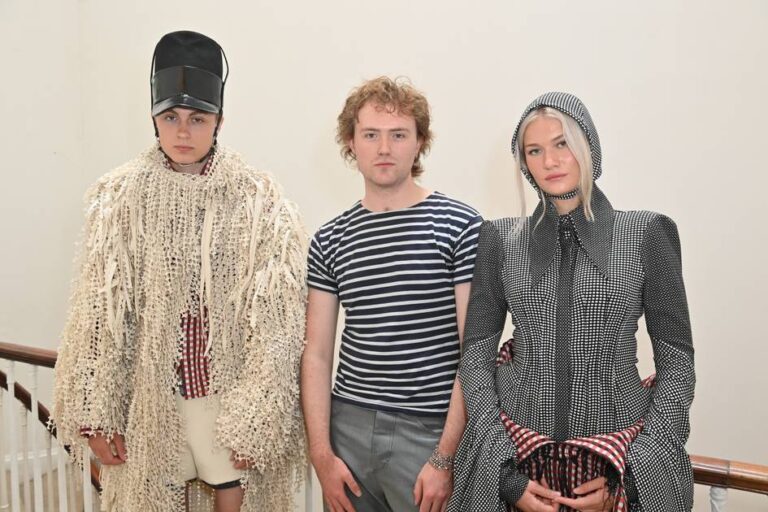Stella McCartney Challenges the Cruelty of the Feather Industry
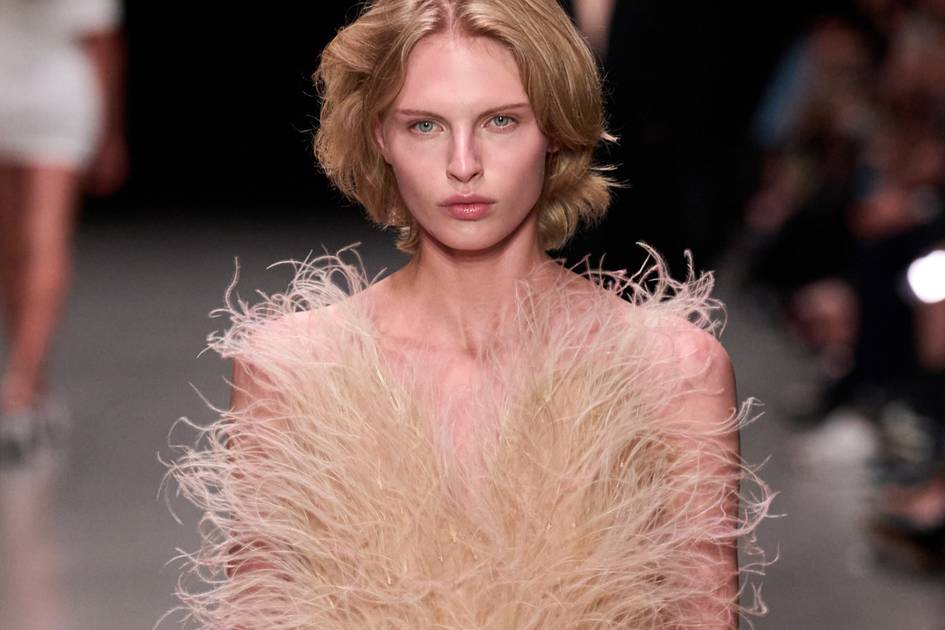
British fashion designer Stella McCartney is making strides in sustainability by introducing plant-based alternatives to real feathers in her latest collection. As an advocate for animal rights, she is confronting the “barbaric” practices involved in farming birds for fashion. “I’ve been advocating against using animals like cows and goats for shoes and bags for over 30 years,” McCartney shared with AFP after her Paris Fashion Week show on Tuesday. “Recently, I realized that feathers are another cruel aspect of this industry,” she explained.
At 51, the daughter of Paul McCartney has long been at the forefront of vegan alternatives in the fashion world, challenging the norm against traditional leather and exotic skins. In her recent show, which featured celebrities including Helen Mirren and Ice Spice, McCartney unveiled “fevvers,” a novel product crafted by a UK-based startup. Collaborating with the embroidery and textile company Chanakya International in Mumbai, the faux feathers showcased soft pastel colors, enhancing the lightness of two stunning gowns in pink and blue.
Innovative Alternatives
Throughout history, exotic feathers have been a fixture in fashion, originally symbolizing high society in 19th-century Europe and North America. Over time, regulations have reduced the use of wild birds for adornment, yet farmed feathers, particularly from ostriches, still flood the market under questionable farming conditions. Yvonne Taylor from PETA noted, “Feathers for fashion come from birds kept in dire conditions on factory farms.”
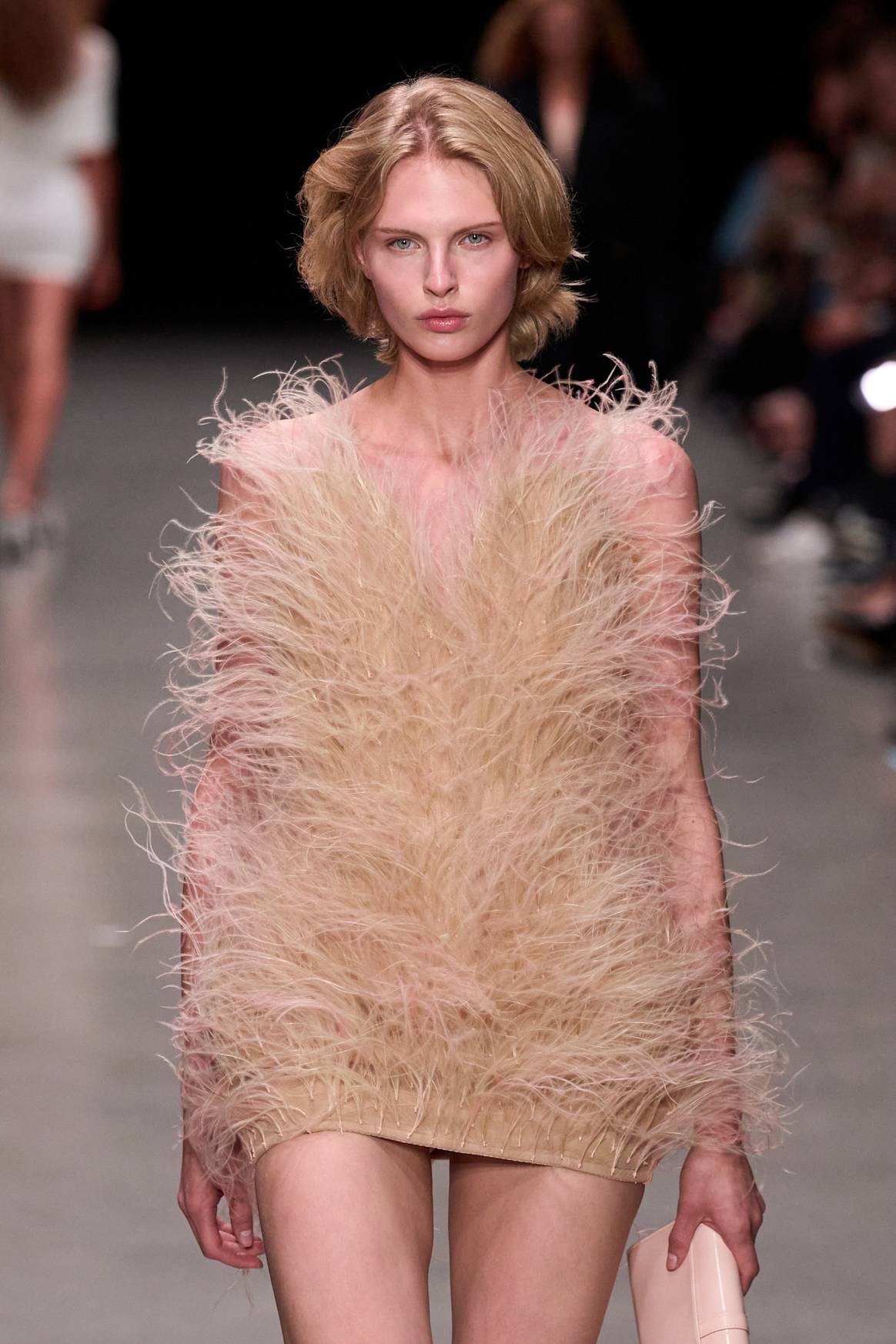
Many down jackets worldwide rely on feathers from slaughtered chickens and ducks. Dana Thomas, an author specializing in the fashion industry, emphasized the need for luxury brands to align with McCartney to drive significant change. “Stella lacks the resources to shift materials on a larger scale,” she remarked, indicating that abundant alternatives exist for animal and petroleum-based products still favored by prominent brands.
McCartney has also pioneered the use of UPPEAL, a material created from repurposed apples that mimics crocodile leather, along with Econyl, made from recycled nylon fabrics and fishing nets. During her show, she debuted PURE.TECH in her denim line for the first time, a unique material developed by a Barcelona company with air-purifying properties.
Movement Against Feathers
According to Thomas, major fashion corporations like Kering, LVMH, and Zara are not investing adequately in research and development to transition to more sustainable fabrics. She noted that while the industry is expected to set trends, it often remains antiquated in its practices.
The push to eliminate feathers from fashion is gathering momentum, even though feathers continue to be used in high-profile red-carpet and bridal designs. Several secondary Fashion Weeks have already banned wild bird feathers, mirroring earlier movements against fur. “Just as the fashion community moved to eliminate mink and fox fur, a similar trend is underway concerning feathers,” Taylor mentioned.
However, the leading Fashion Weeks in cities like Paris, New York, London, and Milan still permit their use. McCartney admits that “fevvers” are still in the experimental phase and stresses the necessity for financial backing and regulatory changes to facilitate their widespread adoption. “It’s puzzling that this eco-friendly method is not in production while the killing of countless birds continues,” she concluded.
What are your thoughts on adopting plant-based alternatives in the fashion industry?
